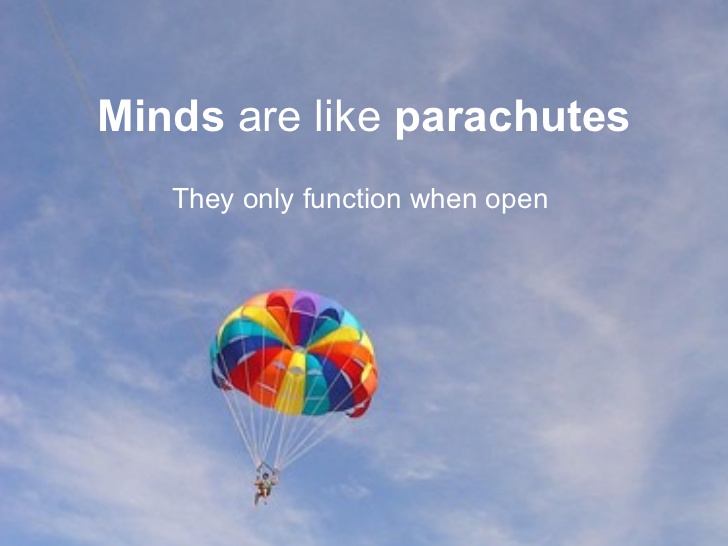How tech culture can contribute to growth
In my last blog How tech culture can contribute to quality I focused on how passion and motivation builds a tech culture. This helps people develop themselves in a positive way while organisations are more successful in delivering high quality solutions. So basically everyone wins. In this post I want to dive into how we can help educate the community in a way that they understand not only what to do with certain knowledge, but also why things work in a specific way.
When I look at how the majority of training sessions are built up, I notice a school-like approach, with a fixed amount of topics in a predefined amount of time. After you finish the training you are graded on the amount of facts you still can reproduce during an exam. This is by no means a guarantee that you actually understand what you are doing and master the topic you are trained in. If you want to deliver quality software you need to understand what you are developing and what goes on ‘under the hood’. For example there is no such thing as Spring magic; it’s just a lack of knowledge of what is actually happening.
So… what can we do about this glitch in training approach and how can we improve the way knowledge is handed to us and really learn stuff? Let me start with the following quote, handed to me by a close friend from my college time: “Minds are like parachutes: They only function when open”

In my opinion this is the essence of knowledge transfer. First of all, the receiving end of the knowledge must be open to receive. This sounds like a no-brainer but the truth is that lots of professionals in our line of work are ‘forced’ to follow a training that is picked out of a certain catalog by their management. Although the intention is good, this approach can backfire and result in people participating in a training they are not motivated to follow and get distracted easily, not really participating to grasp the knowledge that is handed out to them. This is a situation that we should avoid, so let’s get back to the basics. We as a Software Development community want each individual to contribute to the overall success and quality of the projects we are working on. So individuals can only develop themselves if they are intrinsically motivated to do so. This is why a mass approach does not work and you should treat each individual separately, figure out what makes them tick, challenge them, give them responsibility, help them develop and grow. This is what we try to achieve at JDriven and also what we described in our whitepaper on tech culture (in Dutch).
So it is essential for the individual to become eager to develop and grow themselves before they actually can. As mentioned in my last blog, I love Michael Jordan quotes so this reminded me of this great wisdom by MJ: “You must expect great things of yourself before you can do them”

We as trainers and teachers can also improve a lot. As mentioned, the passive learning approach is not in all cases the most successful way to transfer knowledge. So why not switch to a more active learning approach when this fits better with the group or individual. Or even better, differentiate between the two. What passive and active learning exactly is, will not be described in this blog but is clearly explained in this blog by Gabby Unangst of the Arizona State University.
What I mean with differentiation is presenting the same topics in a different way depending on the individual or group receiving the topic. This requires a shift from a trainer’s perspective by not only mastering the content but also being able to read the group and know when individuals require a different approach and act accordingly. At JDriven we provide training to groups varying in size yet always in a personalized way. Also no two sessions are alike and this starts upfront by gathering expectations and varying the content and learning approach accordingly.

As trainers we have the responsibility not only to broadcast knowledge but to lift the level of knowledge and experience within the community. As described this can be achieved by being more focused on the receiver of this knowledge and nourish his or her interest and passion in the topic. But also vary in your learning approach and make sessions more appealing by adding fun to the mixture. By doing so we can educate the community better and create a technical learning culture.
Erik
